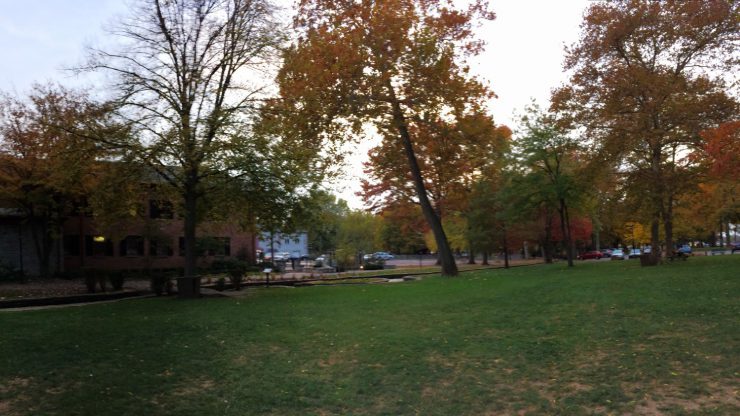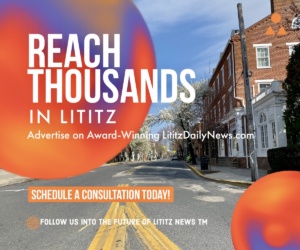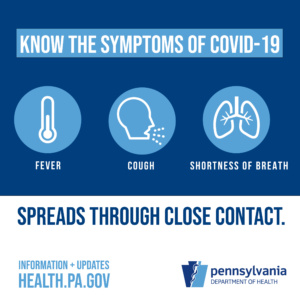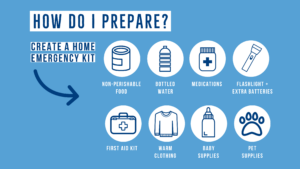Was End of Daylight Saving Time a Factor in Lititz Fatality?
Around 5:45 p.m. last night, Karen Grover was out walking her dog on the streets of Lititz, a normal routine for the 55-year old resident. This time, as she crossed the street in the 400 block of Woodcrest Avenue in Lititz, she was struck by a vehicle and suffered injuries so severe that she passed away early this morning.
The accident came one day after the end of Daylight Saving Time, during what is reportedly the most dangerous week of the year for pedestrians. Just two days prior, there was still waning daylight at 5:45 p.m along Woodcrest Avenue.
But after the abrupt end to Daylight Saving Time early Sunday morning, the sky would be dark along the popular street for joggers, bike riders, and pedestrians when Grover and her canine companion crossed the road Monday night.
Could the sudden end to Daylight Saving Time have been a factor in the accident? Tonight, the sun will set at 5 p.m. in Lititz, as family and friends of Karen Grover grieve her passing.
“The U.S. DOT’s National Highway Traffic Safety Administration (NHTSA) cautions motorists and pedestrians to be more alert as the potential for harm increases as darkness falls earlier,” said Karen Aldana, NHTSA spokesperson today.
The NHTSA also cautions that the clock adjustment could catch some drivers by surprise – with sun glare or darkness occurring during different parts of their familiar driving routine.
According to a 1995 study, a change from daylight to twilight was associated with about a 300% increase in fatal pedestrian crashes. Based on their findings, the authors of the study predicted that retaining Daylight Savings Time year-round would save an average of 180 pedestrian lives each year.
“Also since sleep patterns are affected, the agency warns drivers to be aware of their need for rest and the effects that a loss of sleep can have on driving attention and fatigue,” said Aldana.
The National Highway Transportation Safety Administration offers the following tips for motorist and pedestrian safety during the shorter days of autumn and winter:
Motorists
- Slow down. During the evening hours, you need more time to see a pedestrian in your path.
- Keep in mind that pedestrians who are wearing headphones, hats or earmuffs may not hear your vehicle as it approaches.
- Keep your windshield, windows, and mirrors clean. Make sure your defrosters and windshield wipers are working properly and that washer fluid is replaced as needed.
Pedestrians
- Carry a flashlight or attach reflective materials – such as fluorescent tape – to clothing, backpacks, purses, and briefcases. These materials reflect light from headlights back to drivers, making it easier to see you.
- Don’t depend on the traffic signal to protect you. Motorists may be distracted, especially when adjusting to the nighttime travel environment.
- Avoid jaywalking and crossing between parked vehicles. Crosswalks offer a safer alternative.
- Walk on sidewalks whenever possible. If you must walk on the street, face traffic.
- When crossing the street, look left-right-left for cars from the curb.
- Do not cross the street if a car is coming and use a crosswalk if available.
- Watch out for cars at every driveway and intersection.
- Stay completely focused on the road and avoid distractions.












